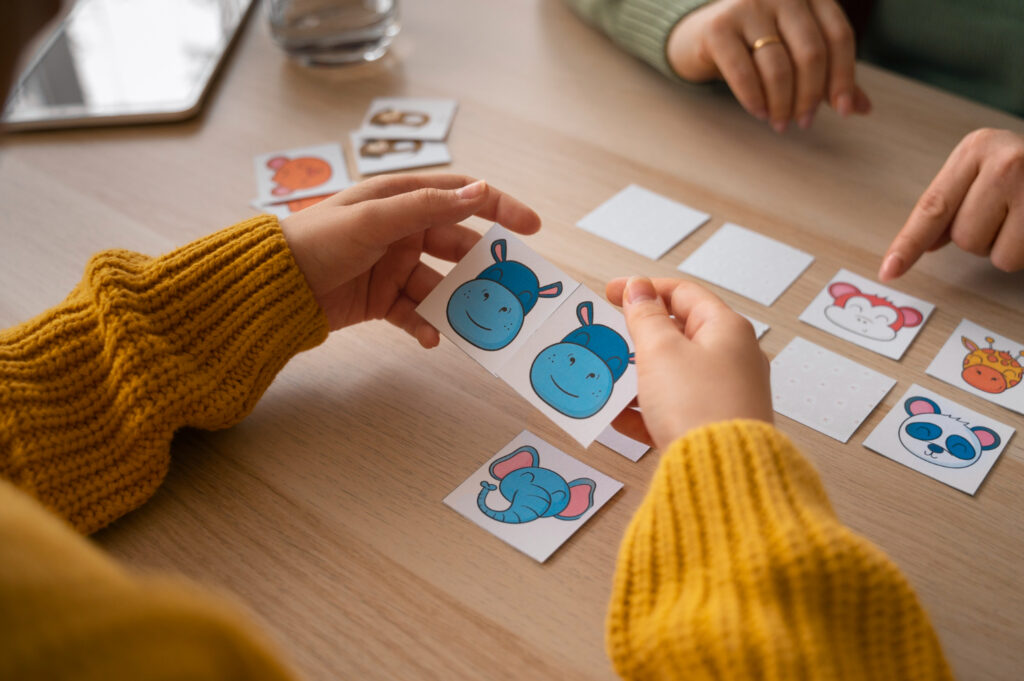Reading is one of the most fundamental skills a child can develop, and visual storytelling plays a crucial role in making this process engaging and effective.
Children are naturally drawn to pictures, and when combined with text, visuals can help them understand stories better, expand their vocabulary, and strengthen their imagination.
For parents of young learners in Pre-K through 6th grade, understanding how visual storytelling can boost reading skills is essential. Whether through picture books, comics, or interactive digital stories, visuals help children make sense of the world around them while fostering a love for reading.
If you’re wondering how to use visual storytelling to enhance your child’s reading experience, this guide will provide insights and practical strategies to make reading a fun and effective journey.
The Science Behind Visual Learning in Children
Children process visual information 60,000 times faster than text. Their brains are wired to recognize and interpret images before they can fully decode words, which is why illustrations and visuals are powerful tools in early literacy development.
When children see a picture that corresponds to a word, they build associations between images and meaning, making it easier to remember new vocabulary. Research also shows that visual storytelling helps with:
- Comprehension – Images provide context, allowing children to understand stories even when they don’t recognize every word.
- Memory retention – Seeing visuals reinforces text-based learning, helping children recall words and concepts more effectively.
- Engagement – Bright, colorful images keep children interested and motivated to read.
For children struggling with reading, integrating visuals into their learning routine can make all the difference in their literacy journey.
Benefits of Visual Storytelling in Children’s Reading
- Enhances Comprehension
Children, especially in Pre-K through early elementary school, may struggle with understanding complex sentences. Illustrations serve as context clues, helping them grasp the story’s meaning even if they don’t understand every word.
- Encourages Engagement and Imagination
A visually rich book captures a child’s attention and encourages them to explore the story beyond the words on the page. Looking at illustrations allows children to predict what happens next, strengthening their storytelling skills.
- Supports Vocabulary Development
Words paired with visuals create stronger word associations. A child who sees an image of an apple next to the word “apple” is more likely to remember the word’s meaning.
- Builds Narrative Skills
Before children can read fluently, they can “read” images. Asking them to describe what’s happening in the pictures strengthens storytelling and sequencing skills, which are crucial for literacy development.
Types of Visual Storytelling in Children’s Books
- Picture Books
Classic picture books like The Very Hungry Caterpillar and Where the Wild Things Are use illustrations to enhance storytelling. These books help children understand the narrative even if they can’t read all the words.
- Wordless Storybooks
Books like Journey by Aaron Becker rely entirely on images, allowing children to create their own stories based on what they see. This encourages creativity and language development.
- Comics & Graphic Novels
Comics like Dog Man and Narwhal and Jelly make reading fun and accessible, especially for reluctant readers. The combination of short text and expressive visuals helps kids stay engaged while following a structured story.
- Digital & Interactive Books
Apps and e-books with animated visuals and interactive features bring stories to life. Augmented reality (AR) books, for example, allow children to interact with characters, making reading a multi-sensory experience.
How Parents Can Use Visual Storytelling at Home
Read Aloud with Emphasis on Visuals: Encourage children to observe and describe the illustrations. Ask open-ended questions like, “What do you think is happening in this picture?”
Encourage “Picture Reading”: Let children “read” a book by interpreting the images before introducing the text. This boosts confidence and strengthens comprehension.
Use Flashcards & Illustrated Learning Aids: Flashcards with both images and words can help children associate meanings with written language.
Explore Graphic Novels & Comics: For children who struggle with reading, comics are a great alternative to traditional books. They provide an easy-to-follow structure while keeping kids entertained.
Combine Digital & Print Media: Explore interactive reading apps that enhance traditional storytelling with animations, sounds, and touch-based interactions.
Speak to a Reading Expert
Visual storytelling is a powerful tool that enhances children’s reading skills by making stories more engaging, memorable, and easy to understand. By incorporating illustrated books, comics, and interactive reading tools, parents can help their children develop a lifelong love for reading.
At Read Smart, we specialize in helping children in Pre-K through 6th grade become stronger, more confident readers. Our expert educators use proven techniques, including visual storytelling, to ensure your child develops essential literacy skills.
Want to give your child the reading boost they deserve? Contact Read Smart today to schedule a consultation and take the first step toward unlocking your child’s full reading potential!
We have three locations in Tulsa, Broken Arrow, and Owasso. Call us now at (918) 559-7323 or visit our website to learn more!

